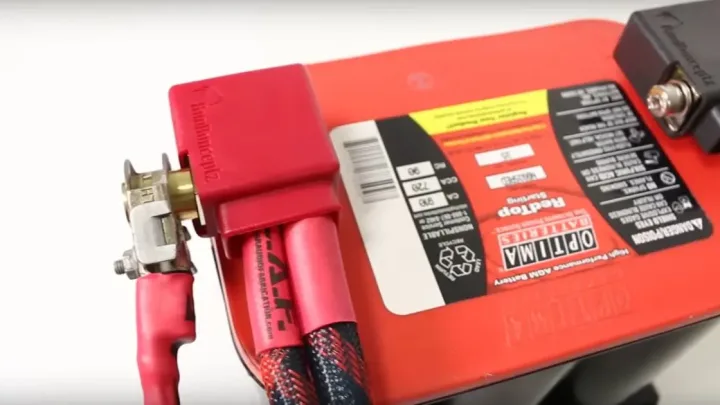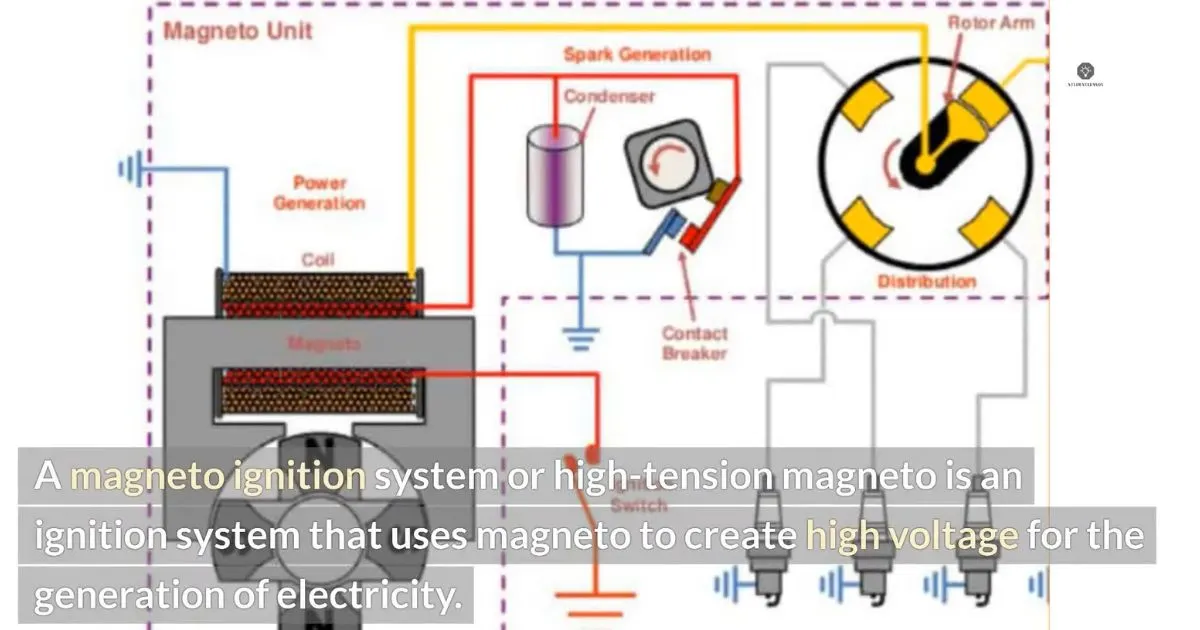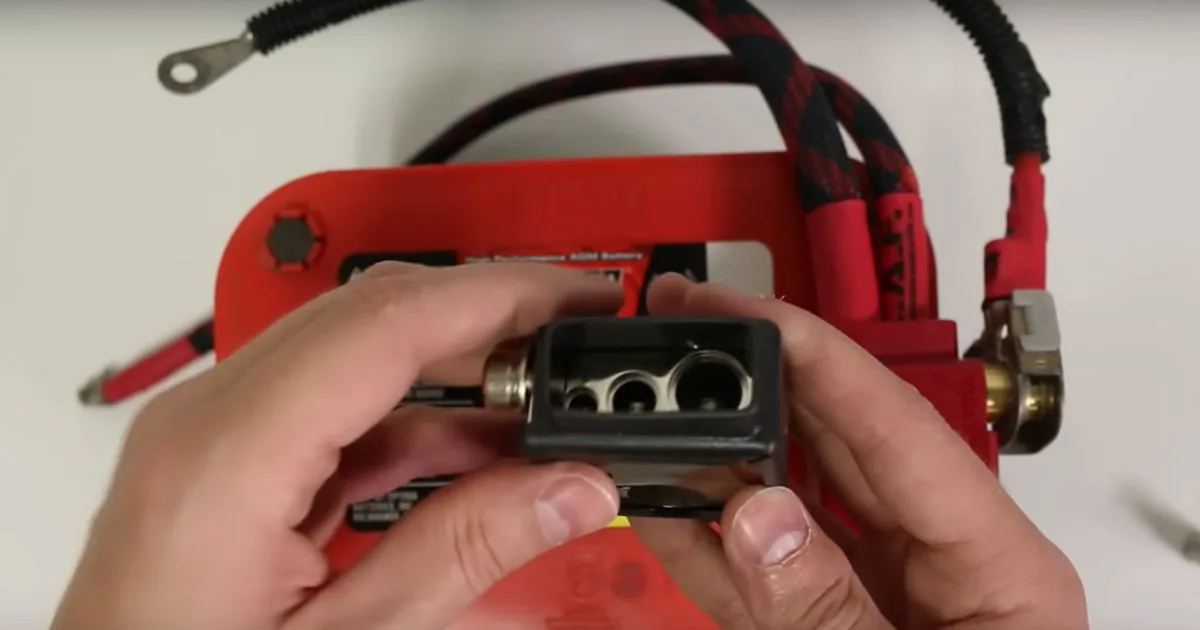
Connecting car battery cables incorrectly can cause sparks and potentially damage the electrical system. This mistake may lead to costly repairs.
Understanding the implications of wrongly connected car battery cables is crucial for any vehicle owner. Misconnecting the cables can create a short circuit, which has the potential to harm the battery, the vehicle’s electronic components, and even pose a fire risk. It’s a scenario that underscores the importance of paying close attention during battery installation or replacement. Proper connection ensures your car’s electrical system functions smoothly and safely. This knowledge not only helps in avoiding unnecessary expenses but also extends the lifespan of your vehicle's battery and electronic systems. Ensuring you connect the battery cables correctly is a simple yet effective step towards maintaining your car’s health and safety.
The Consequences Of Incorrect Battery Cables Connections on a car
Connecting car battery cables wrongly can lead to serious issues. It's a mistake that can have immediate and lasting consequences. Understanding the risks is crucial for any car owner.
Immediate Electrical Damage
When battery cables connect incorrectly, electrical systems suffer. Sparks can fly. Fuses may blow. Sensitive components like the ECU (Engine Control Unit) can fry. Key components risk damage:
- Alternator
- Starter motor
- Electrical sensors
Repair costs can skyrocket, leading to an unexpected financial burden.
Potential Safety Hazards
Mixing up battery cables poses safety risks. Batteries might emit dangerous gases. These gases can ignite, causing a fire or explosion.
Take these steps for safety:
- Disconnect cables immediately
- Ventilate the area
- Seek professional help
Always follow the correct procedure to prevent accidents.
 Recognizing Mistaken Car Battery Cables Connections
Recognizing Mistaken Car Battery Cables Connections
Recognizing Mistaken Car Battery Cables Connections
Connecting car battery cables wrongly can cause big problems. It's important to recognize when this happens. Let's learn how to spot mistakes with cable connections.
Visual Inspection Tips on Car Battery Cables
First, let's look at how to spot wrong cable connections:
- Check cable colors. Red is positive, black is negative.
- Look for labels. '+’ is positive, '−' is negative.
- Examine the battery terminals. They have size differences.
These tips help spot wrong connections before starting the car.
Signs Of Electrical Issues
If cables connect wrongly, the car shows signs:
- Sparks when connecting. This is dangerous.
- Car won’t start. The engine might not turn on.
- Smoke or burning smell. This means damage.
- Fuses blow. Wrong connections cause short circuits.
Seeing these signs means the cables might be wrong. Fix them fast.
 Electrical System Complications
Electrical System Complications
Electrical System Complications
Connecting car battery cables incorrectly triggers serious issues. Your car's electrical system is delicate. Wrong connections can cause major damage. Be careful to avoid these problems.
Fused Components
Reversed polarity on battery cables can be catastrophic. It can lead to fused components. This means parts of the electrical system may weld together. Such a scenario results in expensive repairs. Sensitive electronics like the ECU or audio system often suffer.
Blown Fuses And Relays
- Fuses protect car circuits from damage.
- Incorrect cable connections can blow fuses.
- This stops the flow of electricity to vital car parts.
- Relays also get damaged in the process.
Check your car manual before handling battery cables. Use a professional if unsure. Prevent electrical system complications by taking these precautions.
Car Battery Cables And Engine Impact
Connecting car battery cables incorrectly leads to serious issues. The battery and engine suffer. Immediate attention is crucial. Let's explore these impacts.
Battery Damage
Wrong connections damage car batteries. Reversing polarity causes sparks. This can lead to:
- Internal short circuits
- Overheating
- Battery case rupture
- Irreversible cell damage
Risk To Engine Control Units
The Engine Control Unit (ECU) is the brain of the car. Incorrect battery connections pose risks. These include:
| ECU Component | Risk |
|---|---|
| Fuses | Can blow instantly |
| Wiring | May melt or burn |
| Sensors | Could fail |
| ECU Board | Permanent damage possible |
Protecting the ECU is vital for car performance. Check connections carefully before starting a car.
Safety Measures To Prevent Mishaps
Connecting car battery cables wrongly can be dangerous. It can harm the car's electrical system. It can also hurt you. Let's discuss how to avoid these mishaps.
Proper Car Battery Cables Installation Protocol
Always follow the right steps when installing a battery. This ensures safety for both you and your car. Here are key steps:
- Turn off the car and remove keys from the ignition.
- Identify the positive and negative terminals.
- Connect the positive cable first, then the negative.
- Ensure the connections are tight and secure.
- Check that cables do not touch each other.
Using Protective Gear
Wear the right gear to keep safe. Here is what you should use:
- Gloves: Protect your hands from acid and electric shock.
- Goggles: Keep your eyes safe from sparks.
- Apron: Protect your clothes and skin from acid spills.
 Step-by-step Guide To Correcting Car Battery Cables Connections
Step-by-step Guide To Correcting Car Battery Cables Connections
Step-by-step Guide To Correcting Car Battery Cables Connections
Connecting car battery cables wrongly can cause damage. It's crucial to fix this. This guide helps correct cable connections safely.
Disconnecting The Battery
Safety comes first. Wear protective gloves and goggles. Identify the negative terminal. It's usually black or marked with a minus (-) sign.
- Turn off the car engine.
- Locate the battery under the hood.
- Use a wrench to loosen the negative cable clamp.
- Remove the clamp from the battery post.
- Repeat these steps for the positive, often red, cable.
Make sure the cables do not touch each other or metal surfaces.
Reconnecting Car Battery Cables Correctly
Correct connection ensures the car runs smoothly.
- Check the terminals for corrosion. Clean if needed.
- Identify the positive and negative terminals.
- Connect the positive cable to the positive terminal.
- Tighten the clamp with a wrench. Do not over-tighten.
- Connect the negative cable to the negative terminal.
- Secure the clamp. Test by starting the engine.
Always double-check the connections. A correct setup ensures a smooth start.
Troubleshooting Post Wrong Connection
Connecting car battery cables wrongly can cause big problems. Your car might not start, or worse, it could damage the electrical system. Let's figure out how to troubleshoot these issues after a wrong connection.
Diagnostic Tools For Assessment
To understand the damage, we need the right tools. These tools help us see the problem.
- Voltmeter: Measures how much power is left in the battery.
- OBD-II Scanner: Checks the car's computer for errors.
- Test Light: Finds electrical problems in wires.
First, use a voltmeter to check the battery. A healthy battery should show around 12.6 volts. Next, plug an OBD-II scanner into the car. It reads codes that tell us what's wrong. Lastly, a test light helps find broken wires or bad connections.
Identifying Remaining Car Battery Cables Issues
After using the tools, we might find some issues. Here's how to identify and fix them.
- Check Battery Health: If the voltmeter showed low voltage, the battery might need a charge or replacement.
- Scan for Error Codes: The OBD-II scanner might show codes that point to specific problems. Look these codes up in the car's manual or online to find out what they mean.
- Inspect Fuses and Wires: Use the test light to check for broken fuses or wires. Replace any that are damaged.
Fixing these issues right away helps prevent bigger problems later. Always use the right tools and follow safety steps when working on your car.
 Professional Help Vs. Diy Car Battery Cables Fixes
Professional Help Vs. Diy Car Battery Cables Fixes
Professional Help Vs. Diy Car Battery Cables Fixes
Connecting car battery cables incorrectly can cause serious damage. It's important to know when to seek professional help and when to attempt a DIY fix.
When To Call A Mechanic
Immediate professional assistance is crucial in certain situations:
- Smoke or burning smell from the battery area
- Electrical component failure post incorrect cable connection
- Visible damage to battery or surrounding area
- Lack of confidence in resolving the issue safely
Diy Repair Considerations on Car Battery Cables
For those familiar with car maintenance, some issues may be fixed at home:
| DIY Task | Safety Check | Required Tools |
|---|---|---|
| Inspect Cables | Wear gloves, ensure car is off | Wrench set |
| Clean Terminals | Disconnect battery first | Wire brush |
| Secure Connections | Double-check cable polarity | Wrench |
Always refer to the vehicle's manual before attempting repairs. Ensure the right safety gear is worn. Be sure to disconnect the battery before any DIY fix.
Preventative Practices For The Future
Ensuring your car battery cables connect correctly is vital. Wrong connections can cause severe damage. To avoid this, adopt preventative practices for the future.
Educational Resources For Car Owners
Knowledge is power. Car owners should understand their vehicle's electrical system.
- Owner’s manual: Your go-to guide for specific car models.
- Online forums: Connect with other car owners and experts.
- Workshops: Local garages often host educational sessions.
Regular Maintenance Schedule
Regular checks prevent mishaps. A schedule ensures your car stays in top shape.
| Interval | Checklist Item |
|---|---|
| Monthly | Battery terminals and cables |
| Bi-annually | Electrical system inspection |
| Annually | Professional battery test |
Conclusion
Mistakenly reversing car battery cables can lead to costly repairs. To prevent damage, always double-check polarity before connecting. Regular maintenance and proper handling ensure your vehicle’s electrical system stays intact. Remember, safety and attention to detail are key in avoiding these common yet avoidable mistakes.
Drive smart, stay safe.
Disclosure
Some links may be affiliate links. That means we may earn a small commission at no extra cost to you.